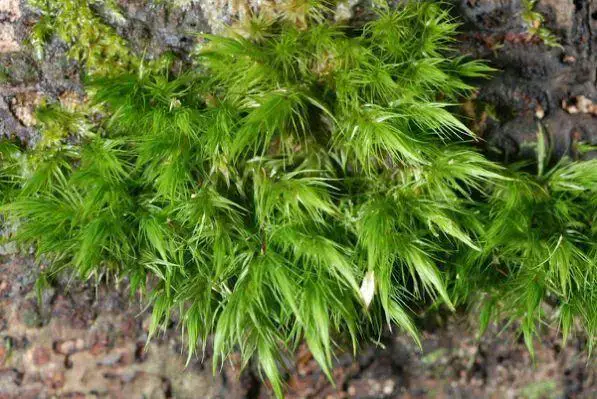
2e9e76b8cdf976b5a656a37dd4781208.jpg from: https://www.pinterest.com/pin/139048707223163725/
Exploring the Fascinating World of Leucoloma Madagascariense La Farge Moss
Introduction
Mosses are often overlooked, but they play crucial roles in ecosystems around the world. One particularly interesting species is Leucoloma madagascariense La Farge, a moss in the Dicranaceae family. In this blog post, we’ll dive into the details of this fascinating plant, from its morphology to its ecological importance.
Background
Leucoloma madagascariense La Farge is a species of moss endemic to Madagascar. It belongs to the Leucoloma genus in the Dicranaceae
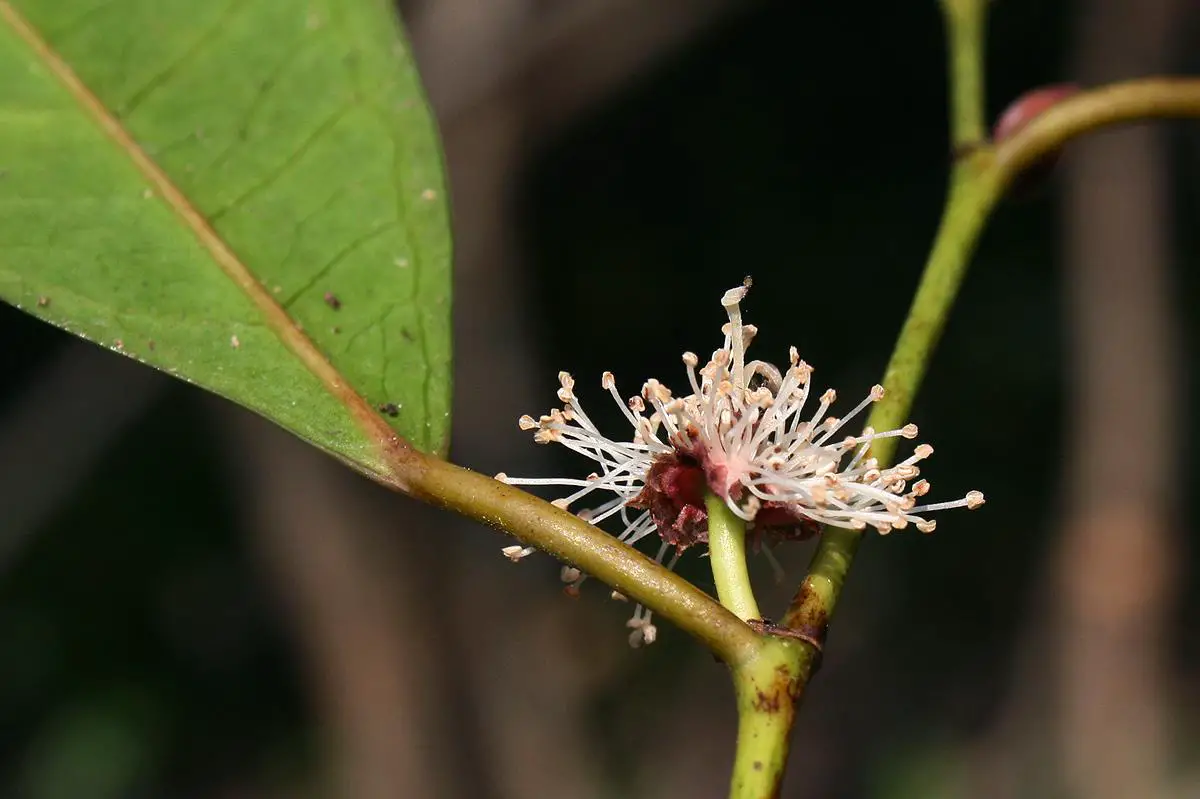
120200-6.jpg from: https://www.mozambiqueflora.com/speciesdata/image-display.php?species_id=120200&image_id=6
family of mosses. The Dicranaceae are a large family containing over 1,500 species worldwide. Mosses like L. madagascariense are non-vascular plants in the division Bryophyta and class Bryopsida
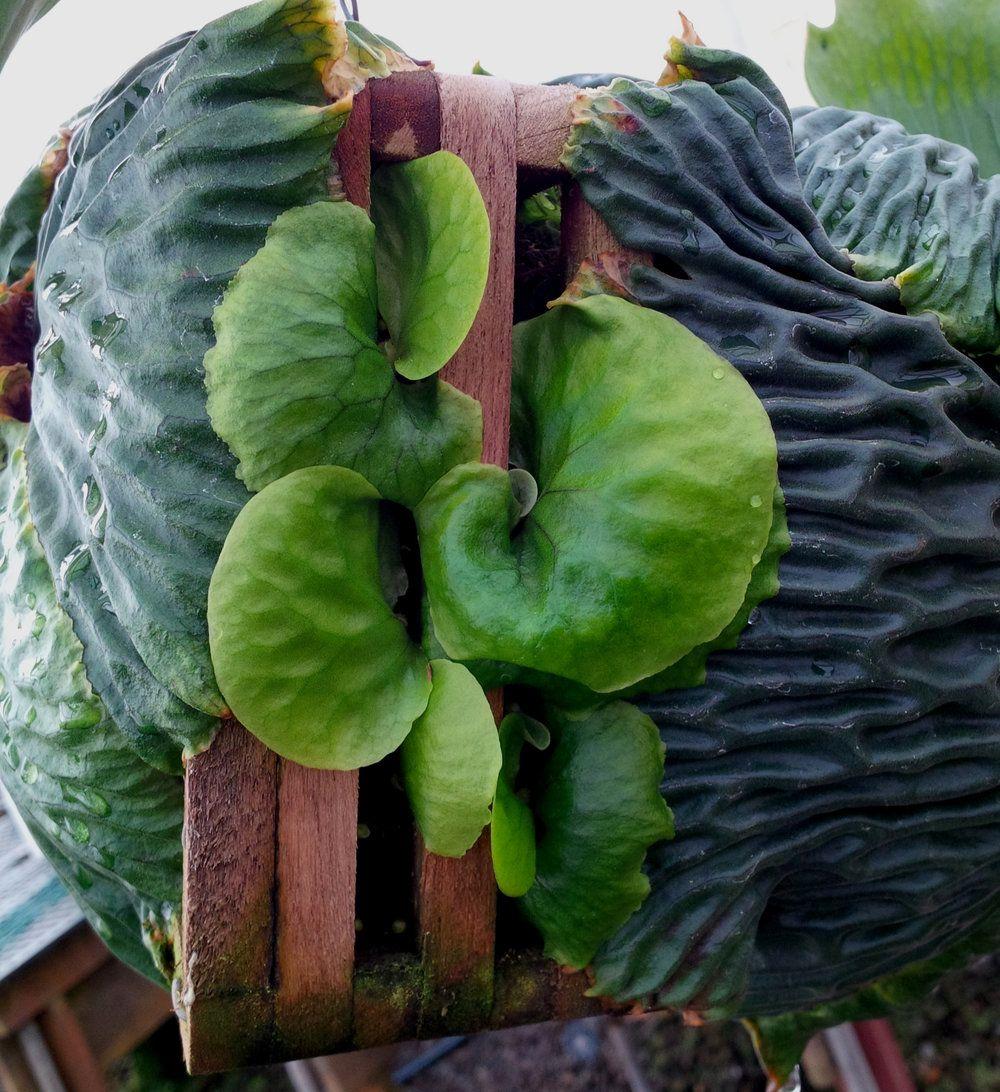
25329f454c17daf51325d8c1a96557a8.jpg from: https://www.pinterest.com/pin/422986590007719253/
.
Morphology and Identification
L. madagascariense forms loose tufts or mats. The leaves are lanceolate (lance-shaped) and have a single costa
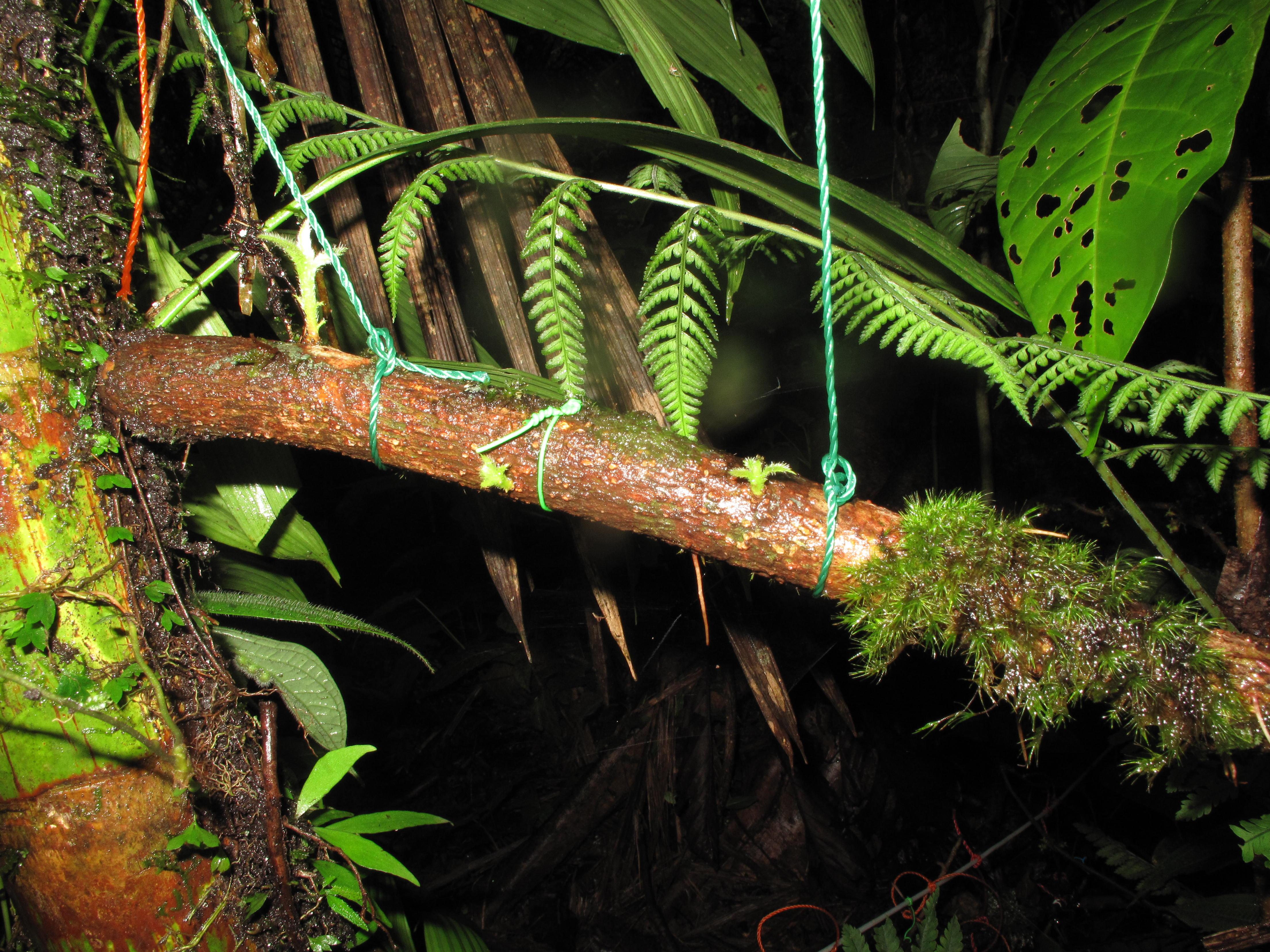
Leucoloma-cruegerianum.jpg from: https://insider.si.edu/2013/05/moss-has-strong-potential-to-acclimate-to-global-warming-study-indicates/
(midrib). Leaf margins are entire (smooth-edged). The seta (stalk bearing the capsule) is elongate and the capsules are cylindric
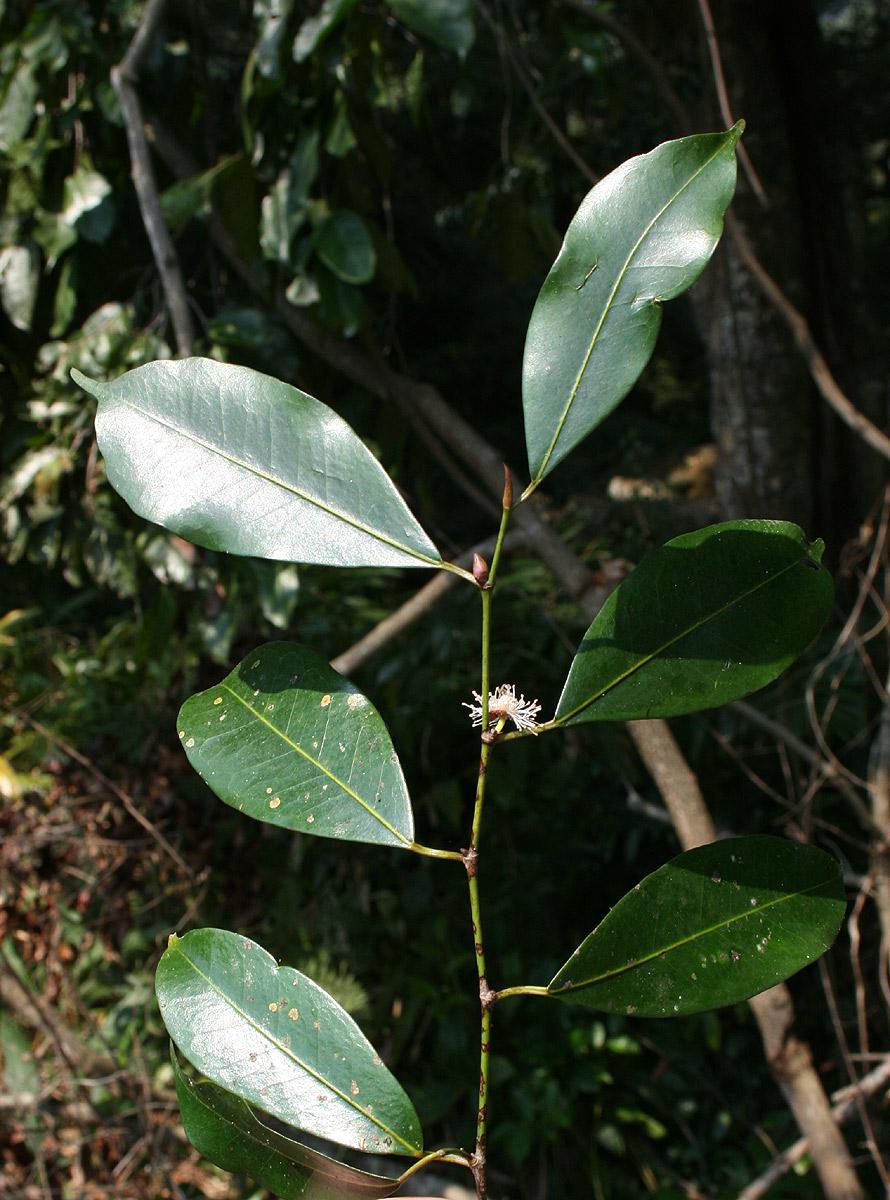
120200-1.jpg from: https://www.mozambiqueflora.com/speciesdata/image-display.php?species_id=120200&image_id=1
and erect. Spores are released from the capsule to reproduce.
Leucoloma mosses can be distinguished by their whitish leaf bases. Under the microscope, the leaf cells are elongate and
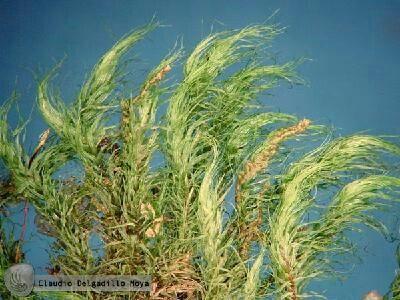
ef4e718dead93dbd58137a803eaa8b7e.jpg from: https://www.pinterest.com/pin/139048707223163727/
thick-walled. The genus name Leucoloma means “white border” referring to the pale leaf bases.
Global Distribution and Habitat
L. madagascariense is endemic to Madagascar, an island nation known for its incredible biodiversity. Over 80% of Madagascar’s plants and animals are found nowhere else on Earth.
This moss grows in humid forests in the eastern part of the island. It is typically found growing on tree trunks, branches, and logs. The humid, tropical conditions provide the constant moisture that mosses need.
Ecological Roles and Adaptations
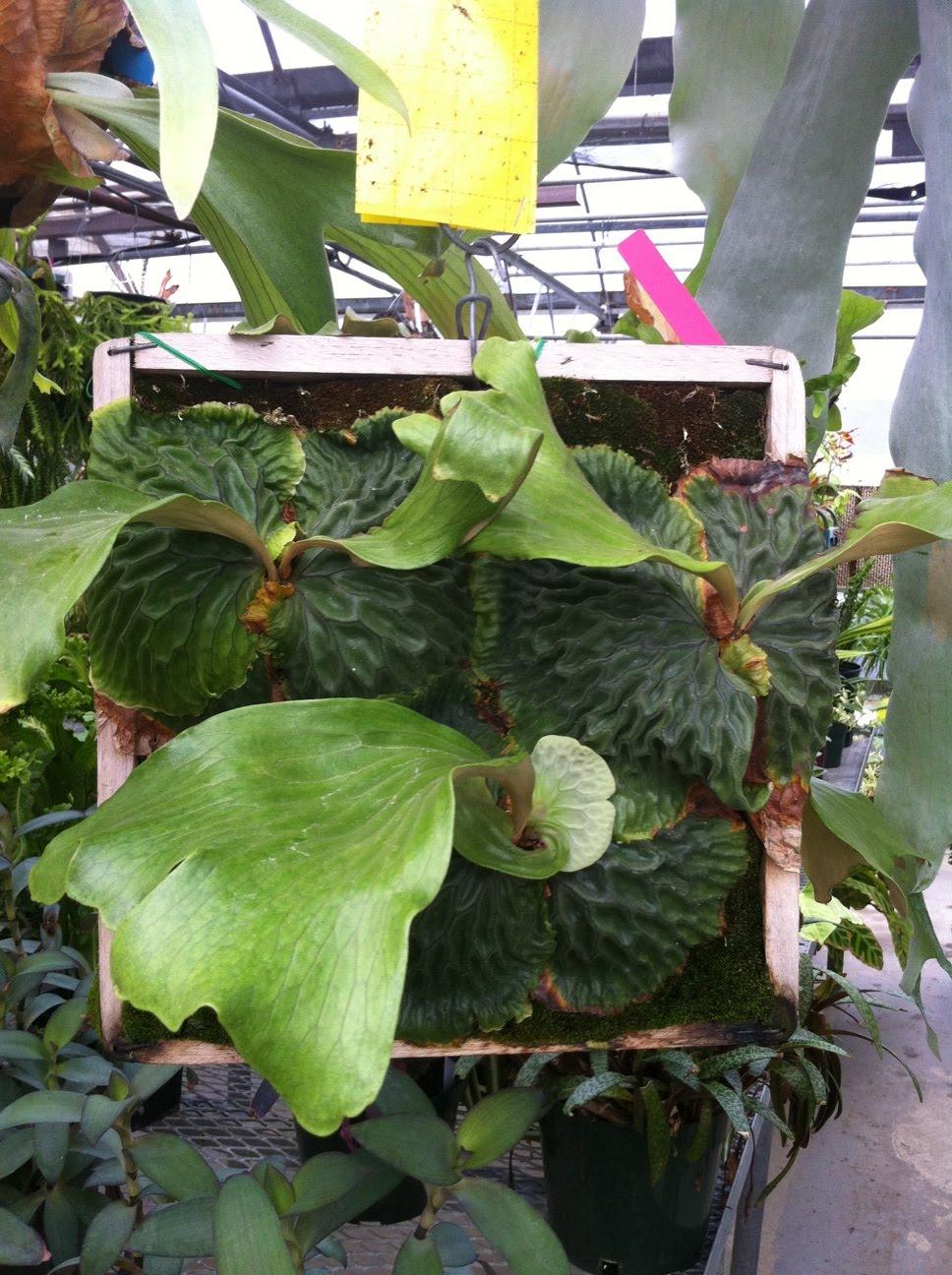
photo%2B2-1.JPG from: https://platyceriummadagascariense.blogspot.com/
Like other mosses, L. madagascariense plays important roles in its forest ecosystem:
- Nutrient cycling: Mosses trap and store nutrients that can later be used by other plants.
- Water retention: The mat-like growth helps retain moisture and prevents erosion.
- Microhabitats: Moss mats provide habitats for small invertebrates and other organisms.
Mosses have several adaptations that allow them to thrive:
- Poikilohydry: Mosses can survive drying out and quickly rehydrate when water is available again.
- Rhizoids: Root-like structures anchor the moss and absorb water and nutrients.
- Spore dispersal: Lightweight spores are carried by wind to colonize new areas.
5b5afa25187c678a0524597772dd98dd38c0b0f2 from: https://identify.plantnet.org/the-plant-list/species/Antidesma madagascariense Lam./data

d36e380089df340b0fe9711321ae6c78.jpg from: https://www.pinterest.jp/pin/brenton-jenningsinstagramp-madagascariense-on-a-rainy-day-platycerium-madagascariense-platyceriummada–659847782892424367/
Conclusion
Leucoloma madagascariense La Farge is a prime example of the amazing diversity of mosses. Endemic to the humid forests of Madagascar, this species demonstrates the adaptations and ecological roles that make mosses so important. Next time you see a patch of moss, take a closer look – you may be surprised by what you discover! What other secrets are hiding in the world of mosses?
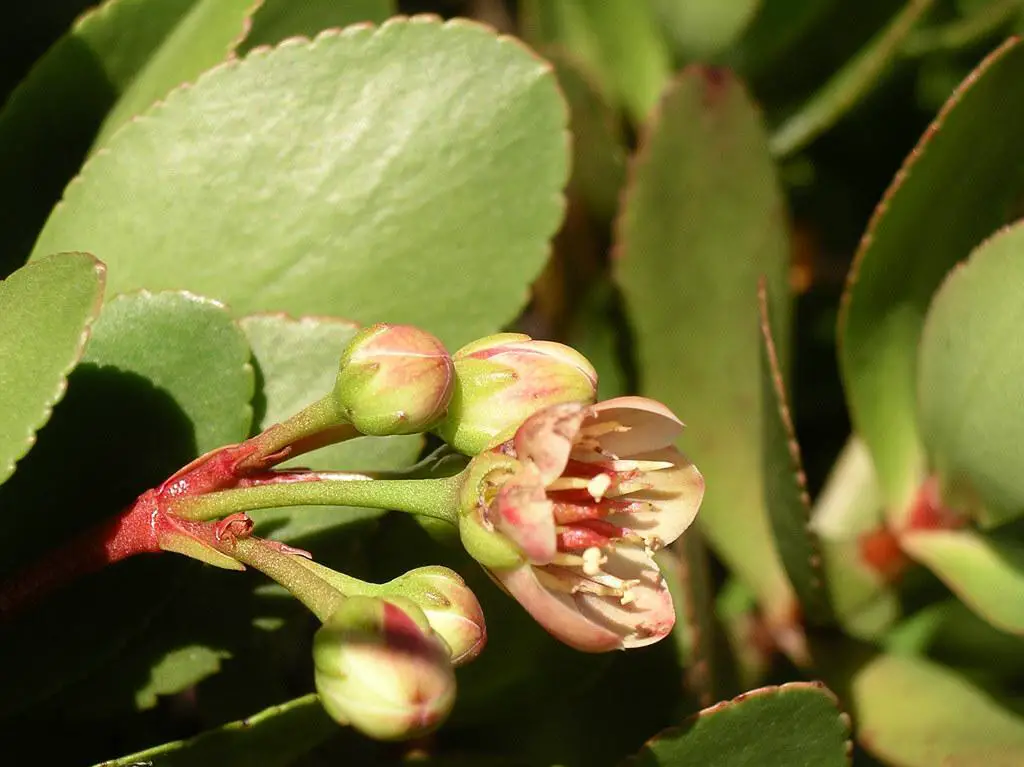
5709860250_8394df019f_b.jpg from: https://www.flickr.com/photos/48740219@N07/5709860250/